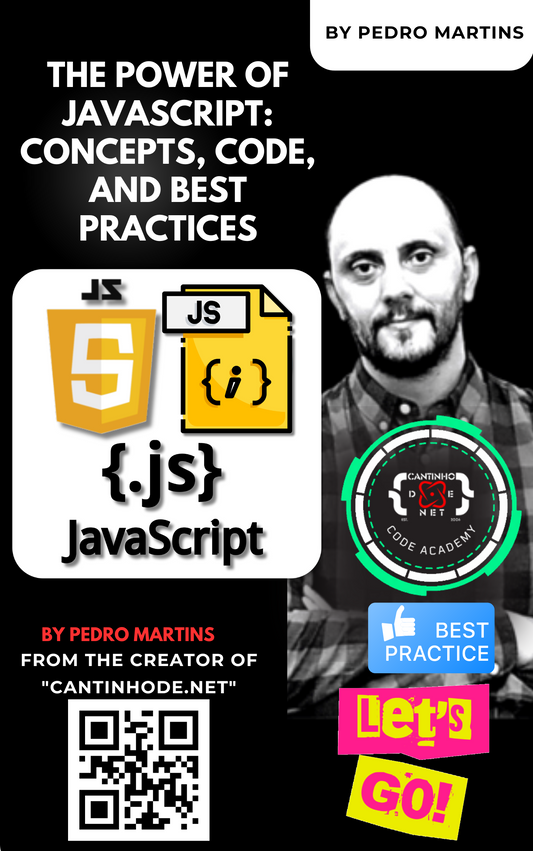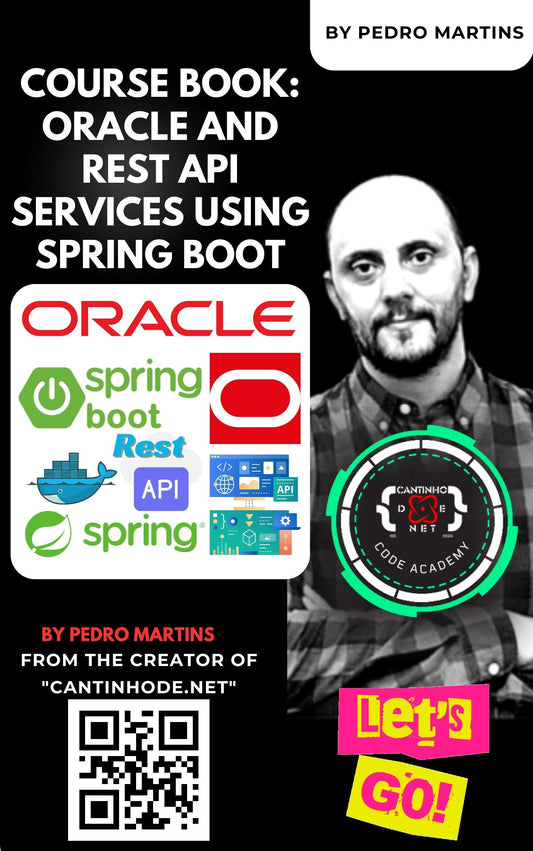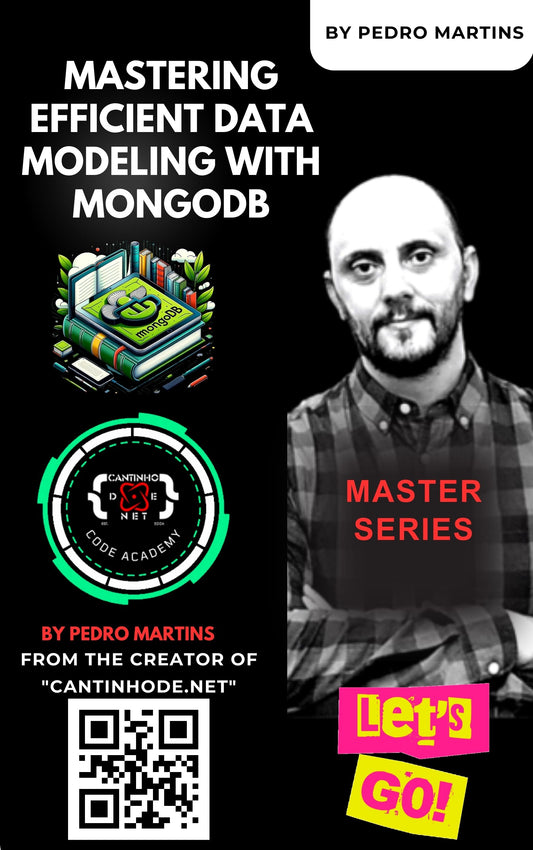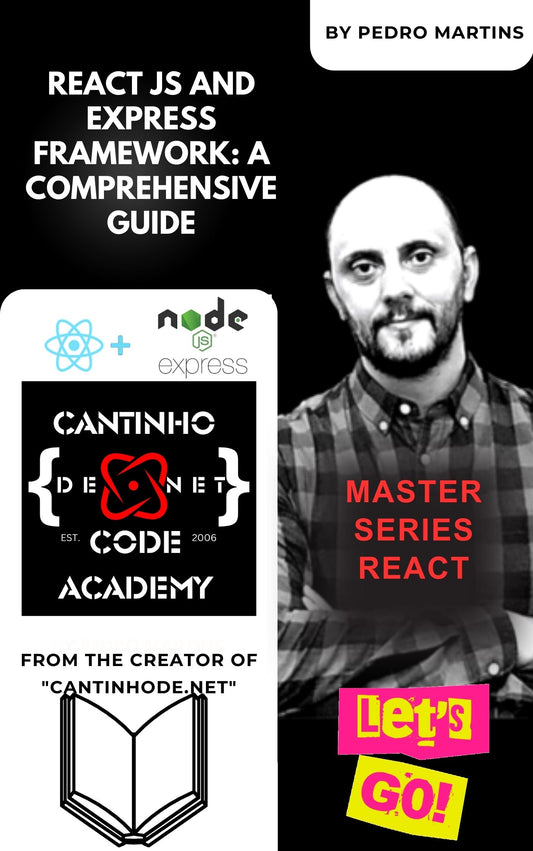The Art of Prompt Engineering: Transforming AI Interactions through Precision and Context
Introduction to Prompt Engineering
In the evolving landscape of artificial intelligence (AI), the significance of prompt engineering cannot be overstated. It’s a crucial skill that involves crafting inputs, or prompts, which guide AI models to generate the most relevant and accurate outputs. This technique is pivotal across various applications, from customer service chatbots to AI in scientific research. Let’s delve into some practical examples to understand how prompt engineering transforms vague requests into precise queries, enhancing the functionality and efficiency of AI systems.
Examples of Prompt Engineering
1. Customer Service Chatbot
- Poor Prompt: “Help?”
- Engineered Prompt: “I’m having trouble logging into my account. Can you assist me with resetting my password?”
- Explanation: The engineered prompt is explicit, indicating the specific problem (login issue) and the required assistance (password reset), enabling the AI to provide focused and relevant help.
2. Content Generation for Blogging
- Poor Prompt: “Write something.”
- Engineered Prompt: “Compose a 500-word blog post about the latest trends in sustainable fashion, focusing on eco-friendly materials.”
- Explanation: This prompt is detailed, giving clear guidelines on the topic, specific focus, and format, guiding the AI to produce a targeted blog post.
3. Educational Tool for Learning Math
- Poor Prompt: “Solve this.”
- Engineered Prompt: “Explain the steps to solve the quadratic equation x² - 5x + 6 = 0, and provide the solution.”
- Explanation: The prompt not only seeks the solution but also an explanation of the steps, making it an effective tool for learning.
4. Programming Assistant like GitHub Copilot
- Poor Prompt: “Fix code.”
- Engineered Prompt: “Refactor the following JavaScript function to use async/await instead of promises.”
- Explanation: The prompt is specific about the task, programming language, and the concept to apply, leading to more accurate assistance.
5. AI Art Generation
- Poor Prompt: “Draw a landscape.”
- Engineered Prompt: “Create a digital painting of a serene mountain landscape at sunset, with vibrant colors reflecting off a tranquil lake.”
- Explanation: This detailed prompt guides the AI to generate a precise image, specifying the scene and desired style.
6. AI in Scientific Research
- Poor Prompt: “Analyze data.”
- Engineered Prompt: “Analyze the provided dataset to identify correlations between air quality indices and respiratory health outcomes in urban areas from 2010 to 2020.”
- Explanation: The prompt is explicit about the dataset, analysis type, and variables of interest, leading to targeted research outcomes.
7. Recipe Generation AI
- Poor Prompt: “Make a recipe.”
- Engineered Prompt: “Generate a recipe for a vegetarian lasagna, including an ingredients list and step-by-step cooking instructions.”
- Explanation: The prompt specifies the dish and demands comprehensive details, enabling the AI to create a complete recipe.
Conclusion
Prompt engineering is more than just asking the right questions. It’s about understanding the capabilities and limitations of AI models and crafting queries that are clear, specific, and contextually rich. This not only enhances the AI’s ability to provide useful responses but also opens up new possibilities in how we interact with and benefit from AI technology. Whether in customer service, content creation, education, or research, prompt engineering is a key skill that unlocks the full potential of AI, paving the way for more innovative and efficient solutions.








